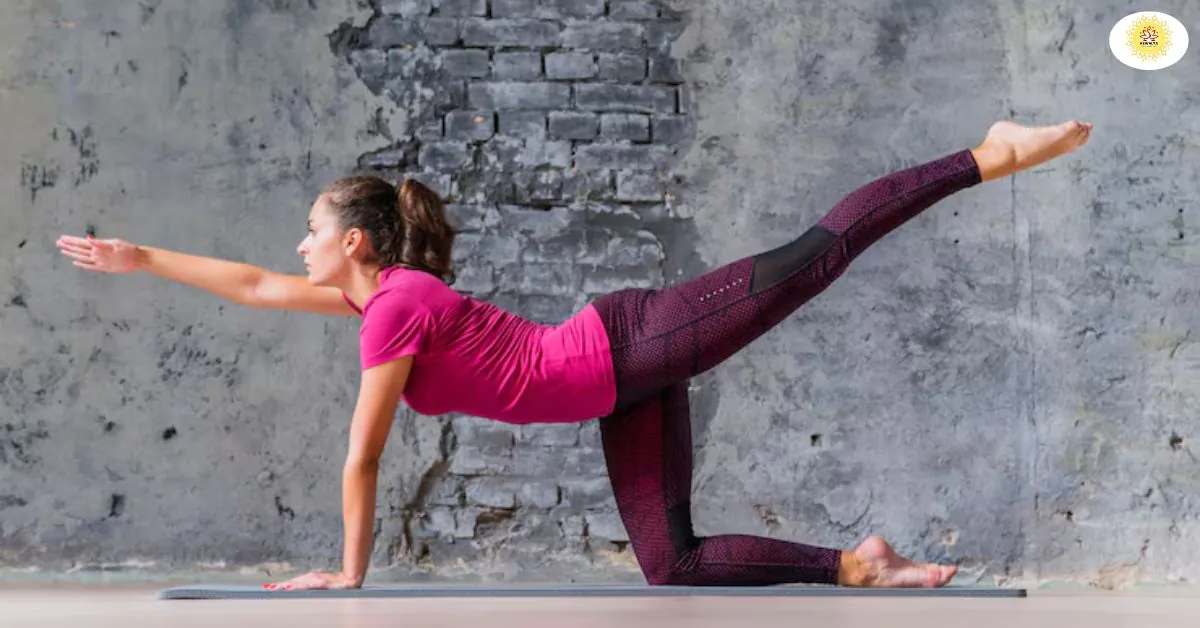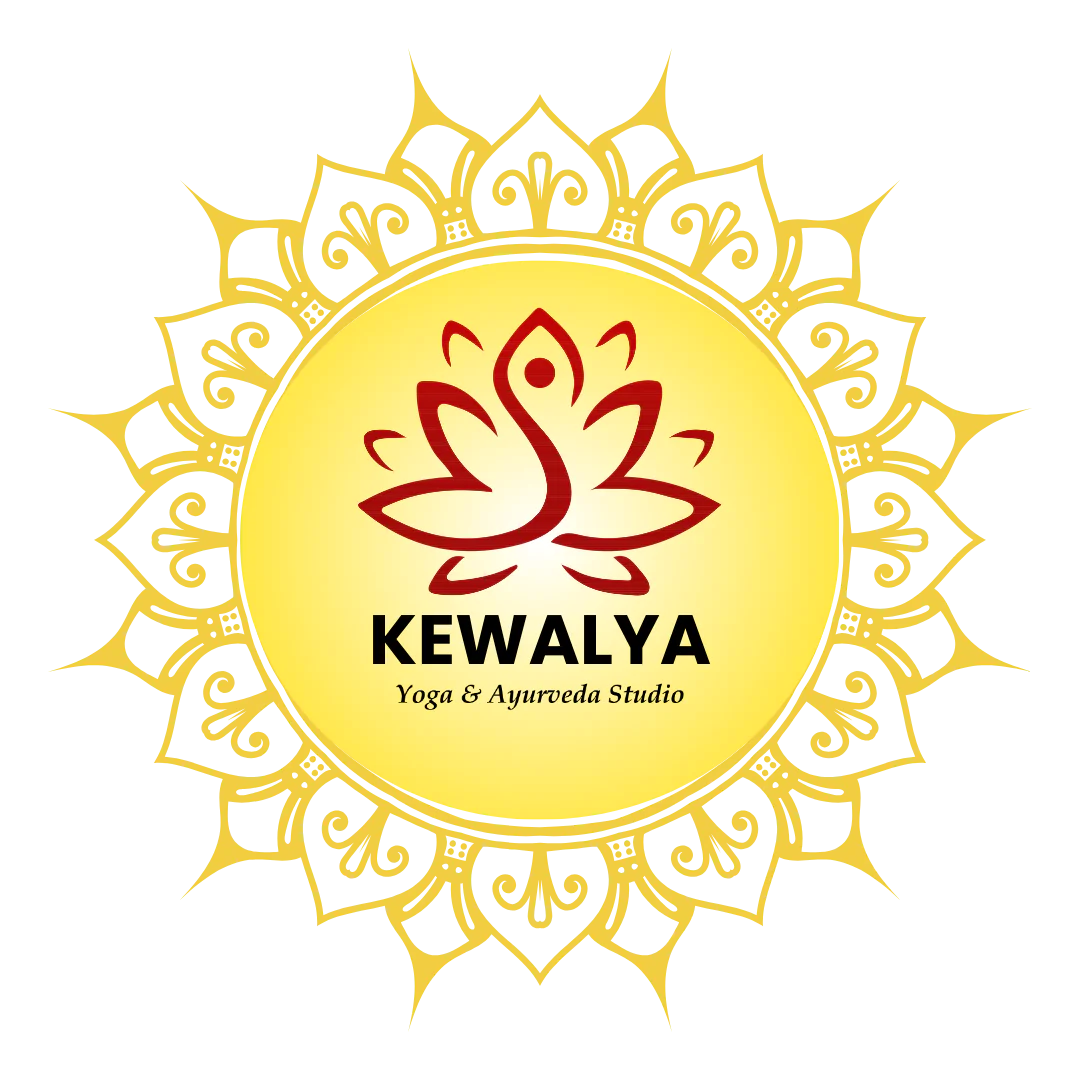Yoga Type, Definition & Benefit (Frequently Asked Questions)

The best definition of Yoga is the union of the soul with the higher self or the union of the three aspects of life: physical, material and spiritual. In the yoga practice, poses, pranayama, and meditation are common. There are many different types of yoga, and their practices depend on the discipline you are maintaining at that time. In this article, we will focus on the various types of yoga and address the most frequently asked questions about yoga.
Q1: What is Yoga and Its Benefits?
A: Yoga is an ancient discipline mentioned in the classical texts. The very first yogi is Adiyogi, known as Shiva, and this knowledge originated from him. Yoga is the unification of the different aspects of reality.
There are many benefits of yoga, like relaxation of the mind, a fit body and awakening of the Kundalini shakti. Some prominent benefits are:
- According to the eight limbs of yoga, the ultimate aim, liberation from the cycle of life and death, can be achieved.
- It can be used as a tool for body cleansing, especially for the internal body.
- Self-realisation and understanding of life.
- A fit body and a balanced mind, and the best tools for overcoming trauma and disease.
- Emotions can be balanced with the help of Yoga.
- Meditation practice with yoga is best for the spiritual practice.
Q2: What is the first rule of yoga?
A: According to Ashtanga Yoga, the first limb of yoga, or first rule, is Yama: inner discipline, which is practised by determination. There are five parts of the Yama:
- Ahimsa- Non-violence or being harmless for the whole society
- Satya- This is speaking the truth and respecting the inner values.
- Asteya- It is known as non-stealing, even of time, energy and ideas.
- Brahmacharya- This is the practice of avoiding physical pleasure. In modern terms, it refers to the saving of energy from being drained.
- Aparigraha- it is non-possessiveness or non-greed of any person.
Q3: What is the final stage of yoga?
A: Samadhi is the last stage of yoga, which means a stage of complete liberation. In this state yogi is away from all the turmoils. The path of the Ashtanga Yoga and Hatha yoga ends at this phase of life, it feels like death, but not actual death. In this state, sometimes the heartbeat and pulse of the patient are absent.
Q4: Why is yoga so powerful?
A: Because it works on the energy of a person, in present it is also considered a healing modality, but once it was the lifestyle of people. In that time, no one had diseases or disorders, so yoga works on the life science, and when it changes energy with the proper pranic flow, then no healing modality is that powerful for any person.
Q5: Who is the father of yoga?
A: The roots of yoga were very deep, and Maharishi Patanjali is known for organising the path of yoga into the eight limbs. There are 196 Yog Sutras written by him, and practical philosophy is defined in these Sutras. So, he is considered the father of yoga and a great author of classical yogic texts who lived around 2 BCE. It was considered tough work to deep dive into the knowledge of thousands of years without any modern tools.
Q6: Which city is known as Yoga City?
A: Rishikesh in India is known as the capital city of Yoga. It was a beautiful city with no pollution, giving a calm environment to the Yogic practitioners. The city is also considered as foothills of the Himalayas, and rivers are also creating a beautiful natural scenery in the landscape. Many ashrams are playing their role in yoga tutoring to the native citizens and foreigners. The second preference of the people in Dehradun, which is a modern version yogic city in the world.
Q7: Which country is known for yoga?
A: India is known for the origin of yoga, and various classical texts were also written by the Indian sages. Especially, the Northern India mountainous region is famous for its 5000 yogic practices. Both yoga and meditation originated in India, and their history can be traced in the different classical texts of the country.
Q8: What are the Common Types of Yoga?
A: There are 7 types of traditional yogic paths, which compose yoga into a specialised practice. Another 7 are modern versions of yoga, which is derived from the specific yogic purpose related to the body and mind. Ancient Hindu Vedas, like the Gita, composed these practices in four different methods. They are: Karma Yoga, Bhakti Yoga, Gyan Yoga and Dhyan Yoga, respectively.
Q9: Which is the most popular type of yoga?
A: Hatha Yoga and Ashtanga Yoga are the most popular types of yoga. We can also define it only: Ashtanga yoga is a practical methodology of practising yoga. On the other hand, hatha yoga consists of a small part that submits rules while practising yoga and making the body more ready for its practices.
Q10: What age group is yoga most popular in?
A: The demographics of yoga practitioners change, and many of them are not recorded in the developing countries, but still, they are practising it. Most of the time aged group of 18 to 45 years of people practise more yoga. In worldwide scenarios average age of the people practising yoga is 39 years.
Conclusion
Yoga is one of the most ancient practices on Earth. In India, this practice can be noticed in the dance, folk and the related traditional culture. This is integrated science and one of the powerful healing modalities. Texts that record yoga forms, types are more than 5000 years old, we can’t define them in simple words or a concise form.
If you have any queries about yoga classes, courses and types of yoga practices, then contact Kewalya Yogshala of Dehradun. We are known for our best work and making yoga practices easy for every age group.
